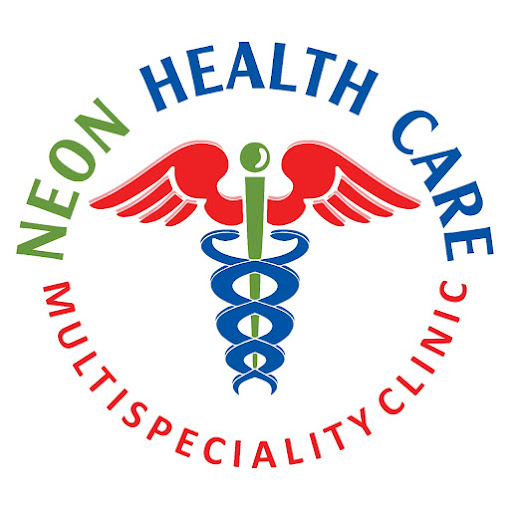Summer is a time for fun in the sun after a chilly winter. Sun rays warm us up and lift our spirits. However, they also bring hidden dangers, especially in the form of heat-related illnesses. This blog focuses on one of the most serious of these: sunstroke. Knowing the sun stroke symptoms can help everyone stay safe and enjoy the sunny season without worry.
Reactions in Your Body to Intense Heat
When the temperature outside rises, your body works hard to keep cool. It sweats to remove heat and tries to maintain a steady internal temperature. But, there are moments when this balance is disturbed. You might experience warning signs like heavy sweating, fatigue, or a sudden headache. It’s your body’s way of saying, “Hey, cool down!” Recognizing these signs early can save you from more dangerous outcomes.
Types of Heat-Related Illnesses: An Overview
The sun can cause different types of heat-related problems. Heat cramps, heat exhaustion, and heat strokes are the most common. Understanding how each of these start helps you respond quickly and reduce risks.
Heat Cramps: The Mildest Form
Heat cramps are muscle spasms that happen often during heavy exercise. They are the mildest form of heat-related illness. The muscles feel like they’re painfully tensing up. To ease them, stop any exercise, rest in a cool place, and drink water. Stretching the affected muscles can also provide relief.
Heat Exhaustion: A Serious Precursor to Heat Stroke
When dehydration kicks in, heat exhaustion may follow. You begin to feel dizzy, weak, or nauseated, similar to sun stroke symptoms but less severe. It’s a step up from heat cramps and can lead to the more serious heat stroke if not treated. Resting in a cool place and hydrating are key steps to recovery. Pouring cold water on yourself helps the body cool down too.
Heat Stroke: A Critical Health Emergency
Heat stroke is dangerous. It’s when your body can’t regulate its temperature anymore. Sun stroke symptoms include a racing pulse, confusion, or even fainting. If you spot these, it’s crucial to act fast. Move to a cooler area, apply cold cloths, and call emergency services right away. This is a medical emergency and needs immediate attention.
Vulnerable Populations: Who’s at Greater Risk?
Certain groups must take extra care in the summer heat. Kids, older adults, and people with certain health issues are more prone to heat-related illnesses. Dehydration further aggravates risks. Staying hydrated is vital; always carry water, especially on hot days. Remember, prevention is better than cure.
Recognizing Signs of Heat Exhaustion
Heat exhaustion symptoms shouldn’t be ignored. Look for heavy sweating, pale skin, or rapid heartbeat among others. Recognize them early to avoid a severe heat stroke. The body’s signals develop quickly, so staying alert can make all the difference.
Exertional Heat Stroke in Active Individuals
Younger, physically active people are prone to exertional heat strokes. It happens when one overworks their body in the heat. Unlike classic heat stroke, it doesn’t exclusively affect sedentary individuals. Precautions are necessary during workouts or sports in hot weather. Hydrate before, during, and after exercise. Wear light clothing and take breaks often.
Top Safety Tips:
- Drink plenty of fluids to stay hydrated.
- Wear lightweight, light-colored, and loose-fitting clothing.
- Find shade and rest often when engaging in outdoor activities.
- Avoid midday sunshine when the heat is at its peak.
Preventative Measures Against Heat Stroke and Exhaustion
Preventing heat strokes involves practical steps. Adapt your lifestyle to fit the season. Cover up with hats or cooling scarves. In tropical regions like India, avoid outdoor tasks during peak heat. Being aware and adapting behaviors when the mercury rises can make all the difference.
Common Myths and Misconceptions of Heat Stroke Debunked
Some misunderstand sunstroke and heat strokes. For instance, many believe you cannot get heat stroke indoors or when the sun isn’t shining. This isn’t true; it can happen anywhere there’s heat exposure. Spread the word and use facts over myths to stay safe and healthy.
Conclusion: Make Summer Safety a Priority
Stay alert to the sun’s risks and recognize sun stroke symptoms. Prevention and awareness are key. Share this knowledge with friends and family to help everyone stay safe this summer.
Consult us today at Neon Healthcare for expert guidance!


